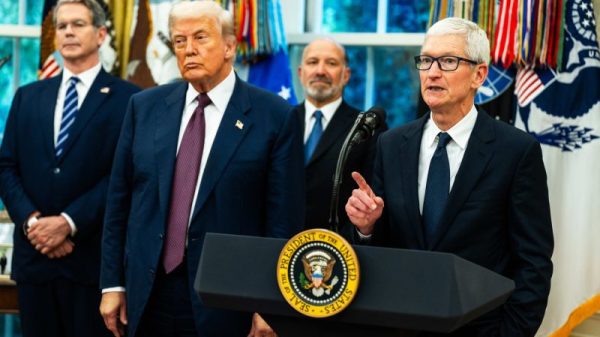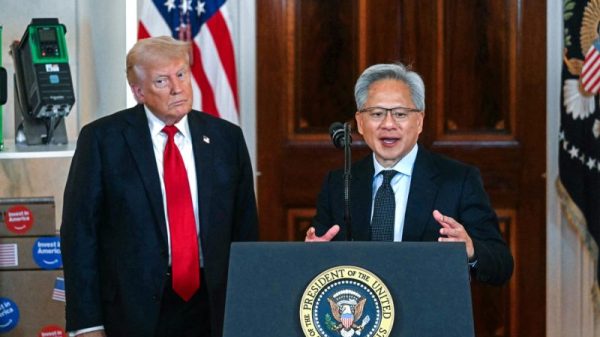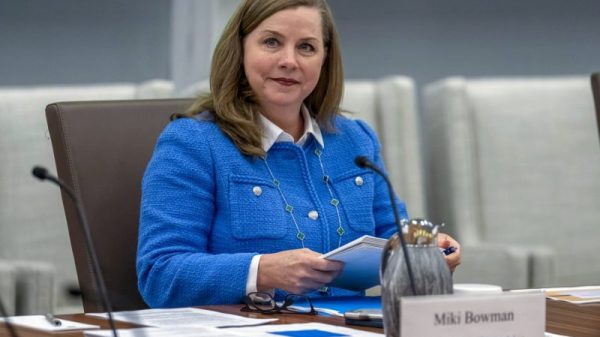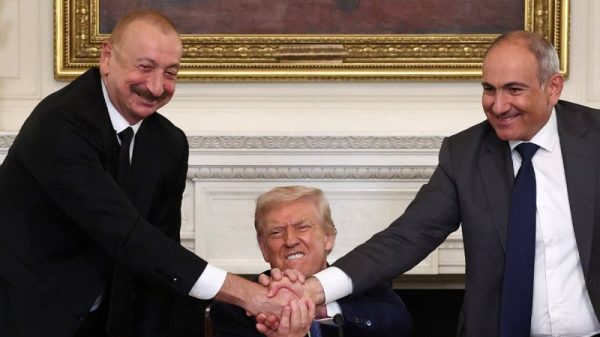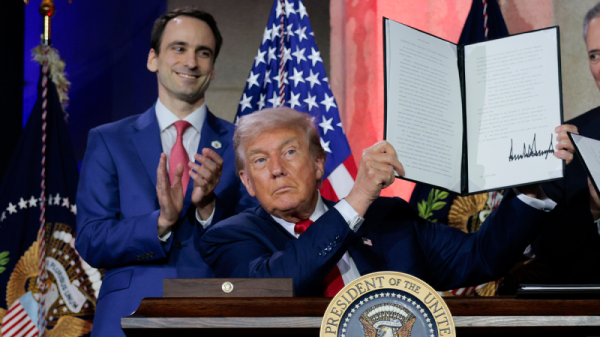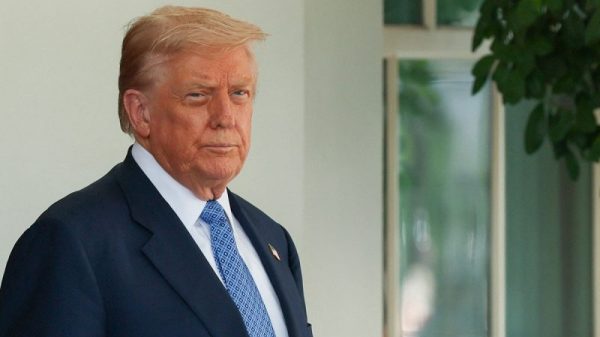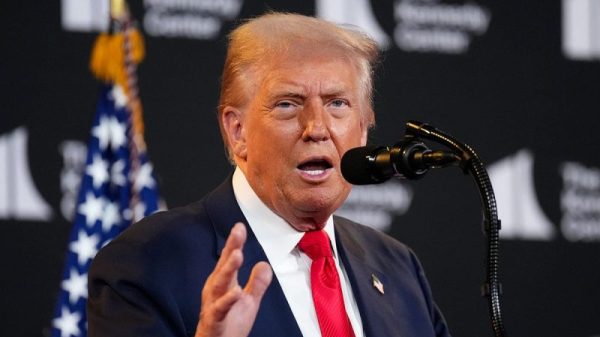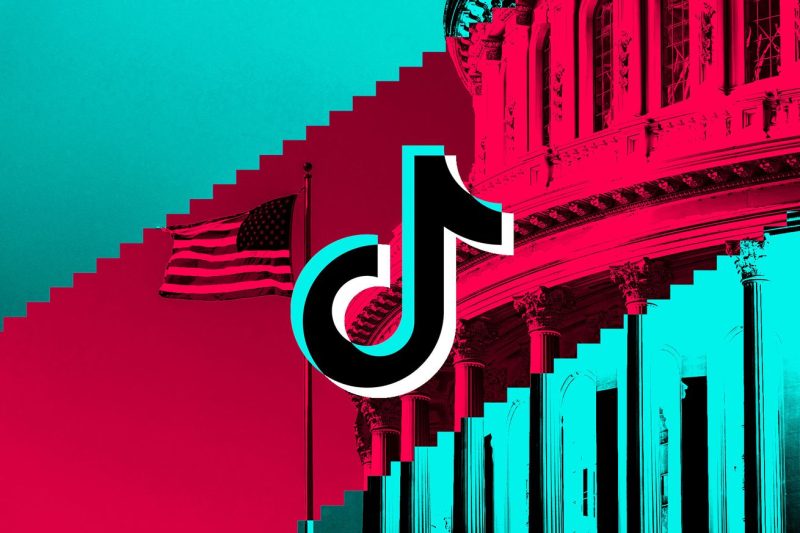In a landmark development for social media platforms and freedom of speech, TikTok recently found itself embroiled in its first-ever First Amendment case. The issue at hand involves the censorship of content that hints at political discourse, raising questions about where TikTok’s responsibilities lie in protecting users’ freedom of expression.
The case in question centers around a user who posted a video expressing their views on a current political event, only to have TikTok remove the video citing a violation of community guidelines. This incident has sparked a debate on whether TikTok, as a private company, has the right to moderate content based on its own policies, or whether it should be held to constitutional standards that protect free speech.
On one hand, TikTok argues that its content moderation practices are necessary to maintain a safe and inclusive platform for its users. By removing content that violates its guidelines, TikTok aims to prevent harassment, hate speech, and misinformation from spreading on its platform. In this view, TikTok’s actions may be seen as a form of responsible self-regulation that prioritizes user safety and well-being.
On the other hand, critics of TikTok’s decision point to the importance of upholding free speech rights, even in the context of a private platform. They argue that by censoring political content, TikTok may be infringing on users’ First Amendment rights to express their opinions and engage in public discourse. This raises broader concerns about the power that social media platforms hold in shaping public discourse and the potential impact of their content moderation policies on democratic principles.
As this case unfolds, it will be crucial to consider the balance between protecting users from harmful content and upholding their right to free speech. The outcome of this case could have far-reaching implications for social media platforms and the broader digital landscape, as it may set a precedent for how companies navigate the complex terrain of content moderation and user rights.
In conclusion, TikTok’s first First Amendment case highlights the challenges and dilemmas that arise when navigating the intersection of free speech, content moderation, and private platform responsibilities. As the digital world continues to evolve, finding the right balance between these competing interests will be essential in fostering a healthy online environment that respects both user safety and freedom of expression.







